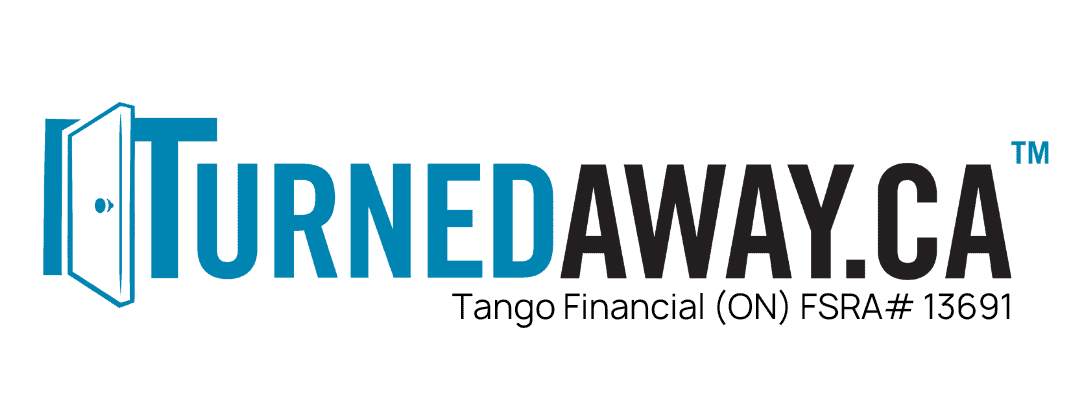Why Home Equity Financing Matters
For many homeowners, their home is their largest financial asset. But did you know that the equity in your home can be a powerful tool to help you manage debt, finance major expenses, or invest in your future?
In Canada, homeowners have over $4 trillion in home equity, yet many don’t realize they can access these funds through home equity loans, HELOCs (Home Equity Lines of Credit), or second mortgages. Whether you’re looking to consolidate debt, fund renovations, or stop foreclosure, understanding home equity financing can be the key to unlocking financial flexibility.
This guide will break down everything you need to know about home equity financing—how it works, when it makes sense to use it, and the best ways to qualify. We’ll also share real-life examples, FAQs, and expert insights so you can make the right decision for your financial future.
What Is Home Equity Financing?
Home equity financing allows you to borrow against the equity in your home. This is done through different loan products, such as:
- Home Equity Loans (also called second mortgages).
- Home Equity Lines of Credit (HELOCs).
- Cash-Out Refinancing.
Your home equity is calculated as:
Home Value – Mortgage Balance = Home Equity
For example, if your home is worth $500,000 and you owe $300,000 on your mortgage, your equity is $200,000. Lenders typically allow homeowners to borrow up to 80% of their home’s value, depending on credit history and income.
How Home Equity Financing Works
Home equity financing gives you access to a lump sum or a revolving credit line using your home as collateral. Here’s how the main types work:
- Home Equity Loan (Second Mortgage)
- Lump sum loan secured against your home.
- Fixed interest rate, so payments remain the same.
- Best for one-time large expenses like debt consolidation or home renovations.
- Revolving credit line similar to a credit card.
- Variable interest rate, so payments may fluctuate.
- Best for ongoing expenses like education costs or emergency funds.
- Cash-Out Refinancing
- Replaces your existing mortgage with a larger mortgage, and you get the difference in cash.
- Best for accessing a significant portion of home equity without taking out a second loan.
Pros and Cons of Home Equity Financing
✅ Advantages
✔ Lower interest rates than credit cards or personal loans.
✔ Flexible borrowing options (lump sum or revolving credit).
✔ Can improve cash flow by consolidating high-interest debt.
✔ May be tax-deductible if used for home improvements (consult a tax professional).
❌ Risks and Drawbacks
❌ Risk of foreclosure if you can’t repay the loan.
❌ Closing costs and fees (appraisals, legal fees, etc.).
❌ Variable rates on HELOCs may increase payments unexpectedly.
When Should You Use Home Equity Financing?
✔ Debt Consolidation: Rolling high-interest debt (credit cards, personal loans) into a low-interest home equity loan can reduce payments and save thousands in interest.
✔ Home Renovations: Investing in upgrades like kitchen remodels or energy-efficient improvements can increase home value.
✔ Business Investment: Some homeowners use home equity to fund a new business venture or expand their existing one.
✔ Emergency Expenses: Medical bills, unexpected home repairs, or temporary income loss can be managed with home equity financing.
Case Studies: Real-Life Examples
Case Study #1: Debt Consolidation Success
Sarah, a homeowner in Ontario, had $50,000 in credit card debt with 20% interest rates. By securing a home equity loan at 8%, she cut her monthly payments by 50%, freeing up cash for savings and investment.
Case Study #2: Smart Home Renovation
James and Lisa wanted to renovate their outdated kitchen but didn’t want to drain their savings. They took out a $40,000 HELOC and paid off the balance within 5 years. Their home value increased by $60,000, making it a profitable investment.
Case Study #3: Stopping Foreclosure
Mike, facing foreclosure due to missed mortgage payments, accessed $100,000 through a second mortgage to pay arrears and stabilize his finances. This allowed him to avoid power of sale and stay in his home.
➡️ Learn more about stopping foreclosure with home equity loans here: Stop Foreclosure in Canada
How to Qualify for Home Equity Financing
Lenders look at three key factors:
✅ Home Equity: LTV (Loan-to-Value) should be 80% or less.
✅ Credit Score: A higher score gets better rates, but bad credit borrowers still qualify.
✅ Income & Debt Ratio: Lenders check income stability and existing debt load.
➡️ Find out how to qualify for a home equity loan today: Home Equity Loans
FAQs: Answers to Common Questions
- Can I get home equity financing with bad credit?
Yes! Many private lenders offer home equity loans to those with low credit scores if they have sufficient equity.
- How much can I borrow against my home?
Typically, you can borrow up to 80% of your home’s value, but this depends on your lender and financial profile.
- Is a home equity loan better than a HELOC?
A loan is best for one-time expenses, while a HELOC is better for ongoing needs.
- What are the risks of home equity financing?
The biggest risk is foreclosure if you can’t make payments. Variable rates on HELOCs can also lead to higher payments over time.
- How long does it take to get a home equity loan?
Approval can take as little as 48 hours, but full processing can take 1-2 weeks depending on the lender.
Final Thoughts: Is Home Equity Financing Right for You?
Home equity financing is a powerful financial tool when used wisely. Whether you’re looking to consolidate debt, invest in renovations, or handle unexpected expenses, borrowing against your home’s equity can provide flexibility and savings.
If you’re ready to take control of your finances, explore home equity financing options today.
➡️ Apply for a home equity loan now: Apply Online




